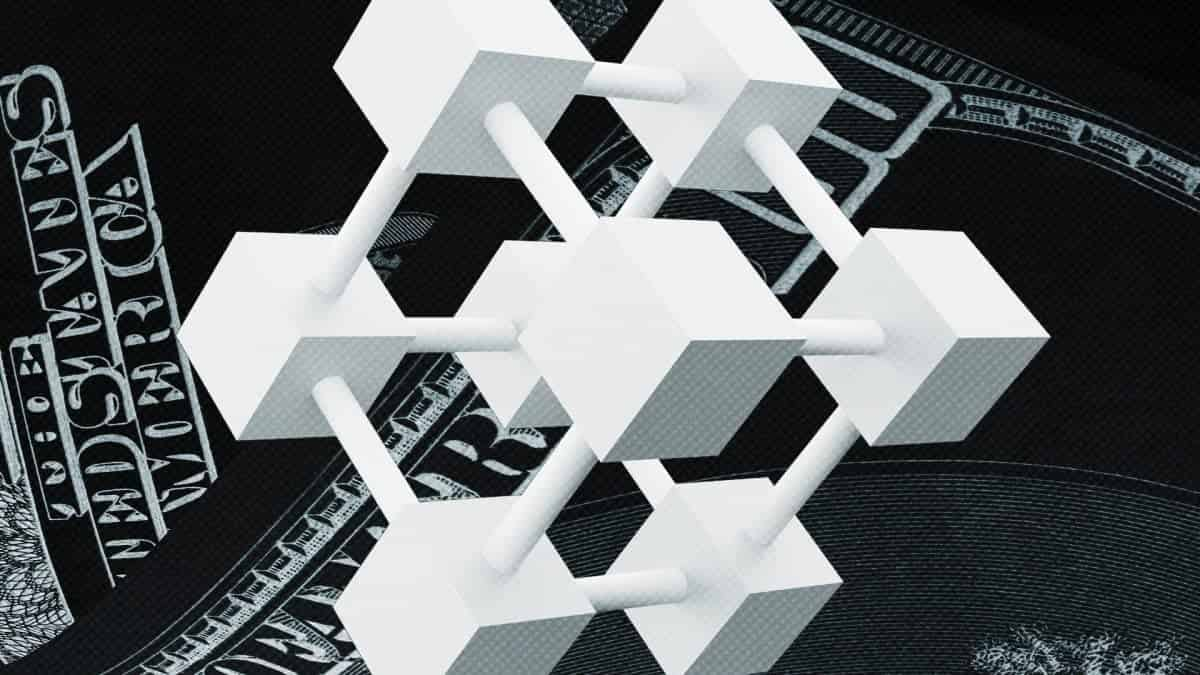
Some key trends in DeFi this year include the rise of Layer 2 scaling solutions, the integration of blockchain with AI, and the increasing adoption of DeFi by traditional financial institutions, experts told The Block.
“In 2024, the dominant trend in DeFi is the growing integration with traditional finance (TradFi),” said Alvin Kan, COO of Bitget Wallet. “TradFi institutions are leveraging DeFi tools like automated liquidity provision and smart contracts. And we’re seeing the tokenization of real-world assets, which is unlocking liquidity for DeFi platforms and broadening access to investors.”
Kan said traditional finance players are starting to recognize the benefits of DeFi, such as higher yields, transparency and efficiency, which helps the whole space solidify its role as a transformative force.
Kean Gilbert, institutional contributor at Lido Finance, also told The Block that the institutional adoption of crypto has led the major trend in DeFi this year. In particular, Gilbert said that the introduction of spot bitcoin and ether exchange-traded funds has led traditional institutions into DeFi and expanded DeFi’s reach to a larger market.
“At the same time, they’ve sparked important conversations about whether these inflows truly support decentralization or risk concentrating power — particularly as institutions navigate trade-offs between convenience and Ethereum’s core values of resilience and neutrality,” Gilbert also said.
Layer 2 rollouts in efforts to address scalability issues in Ethereum was another major DeFi trend of 2024, said Brecht Devos, co-founder of Taiko Labs. “This trend speaks to a clear need for networks that can operate faster, more efficiently, and scale to support large DeFi ecosystems and decentralized applications (dApps) without compromising a key feature of DeFi — decentralization,” Devos told The Block.
As Ethereum grappled with high fees and congestion, Solana gained prominence. DEX volume on Solana started to overtake that of Ethereum for the first time this year. In the second week of November, Solana’s DEX volume was 217% higher than Ethereum’s, according to The Block’s data dashboard.
Despite the surging metrics in Solana, some members of the crypto community have pointed out that the network is also plagued with a large amount of bot activity, which may undermine its decentralization.
“While Solana has seen increased interest for its faster and cheaper transactions, it is no match when it comes to Ethereum’s decentralization and security,” Devos said. “These qualities make Ethereum the foundation for truly trustless applications.”
DeFi gained more momentum with the reelection of crypto proponent Donald Trump as U.S. President, accompanied by a broader positive sentiment across the entire crypto space. With Trump himself being associated with a DeFi project run by his family members, the new U.S. administration is expected to foster the DeFi sector by easing regulatory barriers.
Monthly DeFi revenue in the month of November surged to a total of $206 million, marking a 114% increase from the previous month’s revenue of $96 million.
Bullish outlook for DeFi
Regulatory easing with clearer rules for the crypto industry is expected to help DeFi thrive in the upcoming U.S. administration, experts told The Block.
“[Trump’s] focus on deregulation and fostering economic growth might create the ideal conditions for DeFi to thrive,” said ETHDenver Founder John Paller. “That said, we need policies that protect innovation while enabling builders to experiment fearlessly.”
A more direct influence on DeFi would be that the new U.S. administration may bring more clarity on whether crypto tokens are financial securities, said Jawad Ashraf, CEO of entertainment-focused Web3 firm Vanar.
“This will lead to more fee switch implementations (we are already seeing this with Uniswap and Aave) … also enable a legal route to disburse protocol revenue to token holders in the form of dividends,” Ashraf said, adding that this could eventually expose crypto yield to traditional finance natives.
Meanwhile, NEAR co-founder Illia Polosukhin, predicted a major paradigm shift for the entire Web3 space in 2025 from “intents.”
“Not only expanding what users and app developers can achieve but also enabling AI agents to take action and transact in both Web2 and Web3,” Polosukhin said. “This will transform how we interact with the internet.”
As 2024 neared its end, more projects at the intersection of AI and crypto emerged. AI agents such as ai16z and Truth Terminal gained significant traction on social media platforms, leading to rallies in associated tokens. Earlier in December, FRAX stablecoin developer Frax Finance announced that it is developing an AI tech stack to launch tokenized AI agents that are fully autonomous and sovereign.
Disclaimer: The Block is an independent media outlet that delivers news, research, and data. As of November 2023, Foresight Ventures is a majority investor of The Block. Foresight Ventures invests in other companies in the crypto space. Crypto exchange Bitget is an anchor LP for Foresight Ventures. The Block continues to operate independently to deliver objective, impactful, and timely information about the crypto industry. Here are our current financial disclosures.
© 2024 The Block. All Rights Reserved. This article is provided for informational purposes only. It is not offered or intended to be used as legal, tax, investment, financial, or other advice.
